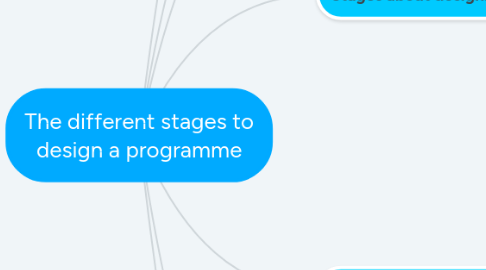
1. Questions suggested for the next framework
1.1. -Why do learners take the course? -How will the language be used? -What will be the content areas? -Who will the learners use the language with?
2. H n' W
2.1. -Mention the importance of gathering information. -We must take into account learner motivation and preferences.
3. Needs analysis
3.1. -It helps to inform desicions about product objectives.
3.1.1. These assist with the specification of syllabus content procedures.
4. Stages about designing course.
4.1. First
4.1.1. Articulating yoru beliefs and defining context
4.2. Second
4.2.1. Needs analysing
4.2.2. Specifying the objectives
4.3. Third
4.3.1. It is neccesary to plan and organize desicions
4.3.1.1. About
4.3.1.1.1. What is going to be taught first , second, etc.
5. Selecting the shape of the Syllabus
5.1. The Linear format
5.1.1. Content for discret elements
5.1.2. Secuencing and grading are very important
5.1.3. Teacher can not change the order nor skip units.
5.2. The Modular format
5.2.1. Well suited with courses with situational or thematic content
5.3. The Cyclical format
5.3.1. It enables teachers and students to work with the same topic
5.4. The Matrix format
5.4.1. Users have the full flexibility to choose topics from a table of contents
5.5. The Story line format
5.5.1. It is different from the other ones
5.5.2. It could be used in conjuction with any of them.
6. Organizing the course
6.1. The organization depends on
6.1.1. The course contents
6.1.2. Goals and objectives
6.1.3. Past experience
6.1.4. Students' needs
7. Evaluation
7.1. Scrivener
7.1.1. Formative
7.1.1.1. Matter of improving ongoing programmes
7.1.2. Summative
7.1.2.1. Determine the effects of a programme that has come to an end.
7.2. Williams and Burden
7.2.1. claim that there is a tendency opt for a summative evaluation
